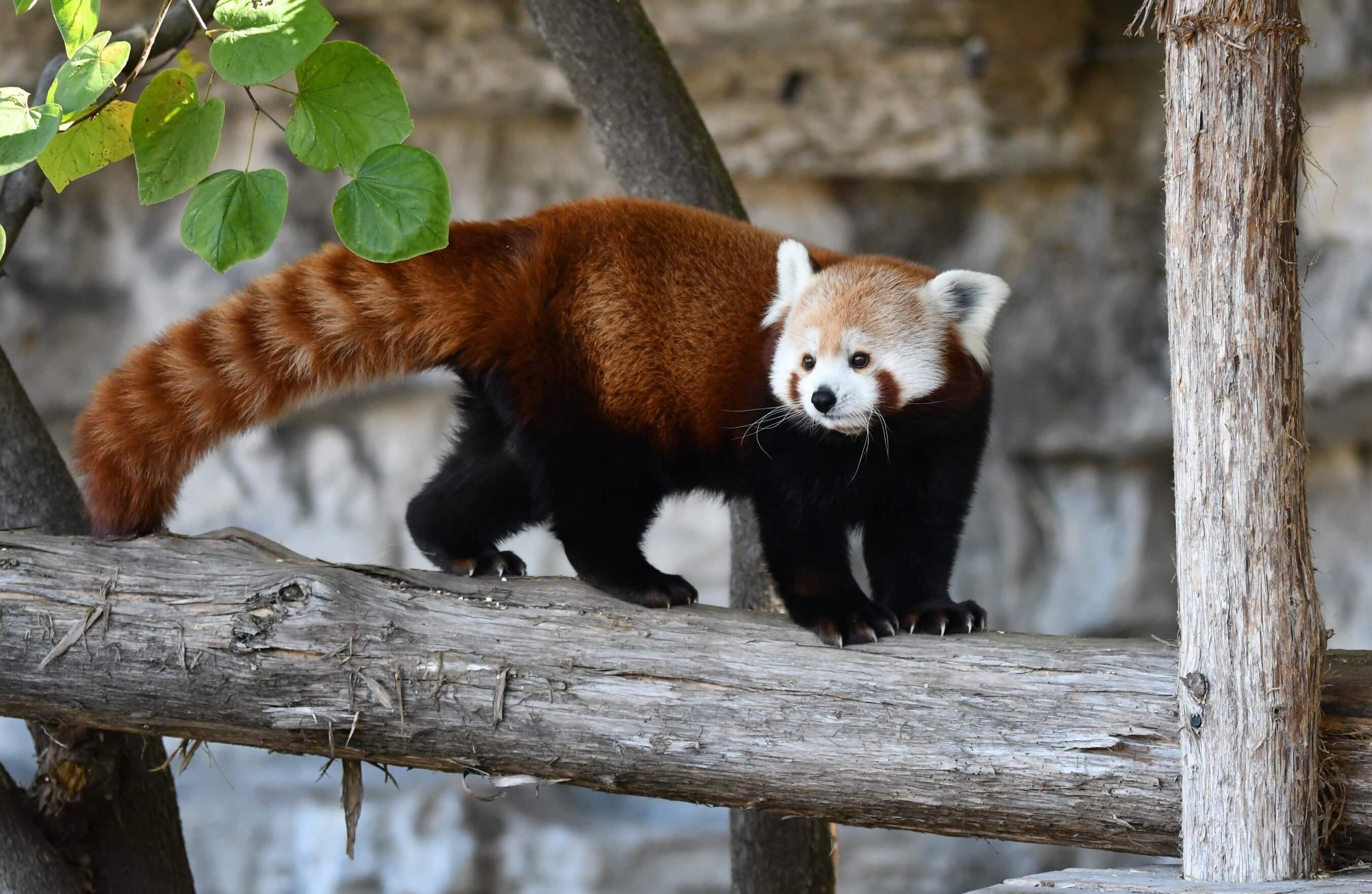
Behavioral Science

What is Behavioral Science?
Research in Behavioral Science helps us understand how animals react to the world around them. At the Saint Louis Zoo, we use this information to continually raise the bar on their quality of care and well-being. Using live observations and technology, we can measure how animals engage with enrichment, what activities they perform throughout the day, what areas of their habitats they use most, if they have preferred friends in their social groups, and how they select mates and rear their young.
Evaluating Enrichment
Every day in the wild, animals forage for food, avoid predators, and compete for mates. In zoos, we must provide similar novel and dynamic challenges. Inventive care staff continually devise new strategies to help animals stay active both mentally and physically while performing species-appropriate behaviors. Our interns observe animals’ responses to their environments, including enrichment, to determine what keeps them engaged.
Sociality
Our interns study the social behaviors of animals, noting the frequencies and durations of interactions and how much time individuals spend together. We use social network analysis to examine if specific group members avoid or are drawn to each other. This information can help us determine how mates are selected and which qualities are desired in a partner, if there are any social hierarchies or “best friends” present in a group, as well as evaluate parental behaviors between different species.
Space Usage and Activity Budgets
Although we are at the Zoo for only part of the day, animals have 24-hour lives. In addition to observations performed on-grounds by our interns, we use cameras and other monitors to track animals’ movements in their habitats as well as their activity levels—even after we have gone home. We use this information to calculate “behavioral budgets” that show how long an animal spends in various activities, as well as if certain areas of their habitats are preferred. We can determine how diverse and varied an animal’s behaviors are throughout the day, and how behavior is affected by weather, guests, and other factors.

